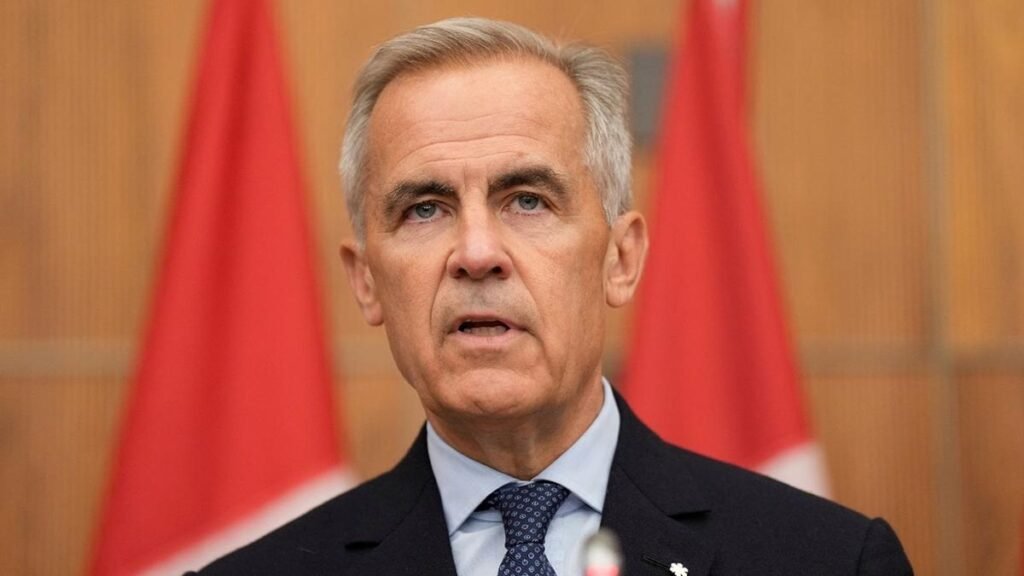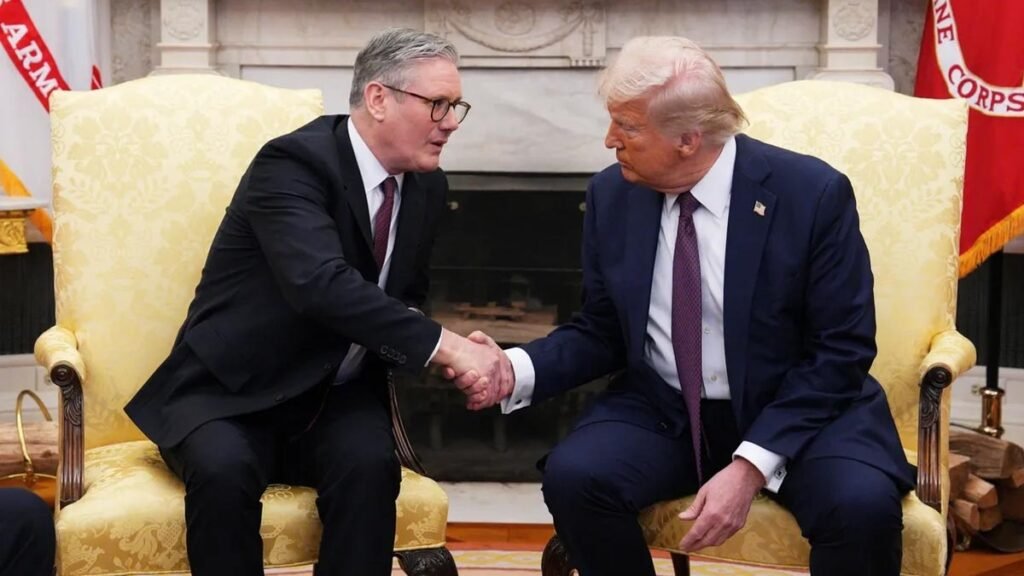In the wake of the Trump administration’s sweeping imposition of a US $100,000 fee on new H-1B visa applications, Canadian Prime Minister Mark Carney strongly signaled at a London press engagement that Canada intends to court affected technology and specialized professionals. “What is clear is that the opportunity to attract people who previously would’ve got so-called H-1B visas,” Carney told reporters, adding that his government will soon roll out concrete proposals.
Carney’s remarks echo earlier statements in U.S. policy circles, where Canadian officials have begun framing the shift in American visa rules as a chance to expand Canada’s skilled labour pool. Several Indian and tech-industry analysts have flagged the move as pivotal, since Indian nationals make up a substantial majority of H-1B visa holders — over 70 %, by some estimates.
According to reporting by NDTV, Carney affirmed that Ottawa is preparing a “clear offering” for workers who may now find U.S. pathways blocked. In parallel, the Times of India quoted him saying Canada would “soon bring a proposal” to absorb displaced foreign talent, particularly in tech fields. Observers see this as part of a broader pattern: the UK and Germany are also positioning for a talent influx, seeking to become alternative destinations for highly skilled workers now deterred by the U.S. changes.
But Canada is not without its own constraints. Under Carney’s premiership, Ottawa has already announced tighter targets for permanent immigration — 395,000 in 2025, declining in successive years — and proposed cuts for temporary migrant numbers. Critics argue that bureaucratic delays in provincial nominee programs, credential recognition, and infrastructure pressures in cities like Toronto and Vancouver could blunt the intended impact.
Industry voices have issued cautious optimism. Tech executives emphasize that for Canada to win this opportunity, reforms must be structural — fast visa processing, bridging programs for foreign credentials, and targeted incentives to companies that relocate teams. In the absence of these, many workers might look to Europe or remote-work models.
The U.S. administration, defended the fee hike as a measure to curb overreliance on foreign labor and protect domestic employment. However, legal scholars anticipate court challenges, and tech trade bodies are already raising alarms over its far-reaching disruption.
If Canada executes its plan well, Carney’s pitch could mark a turning point: a more aggressive contest for global talent, where immigration policy becomes a central lever in economic competitiveness — and not just a reactive fallback to U.S. shifts.


